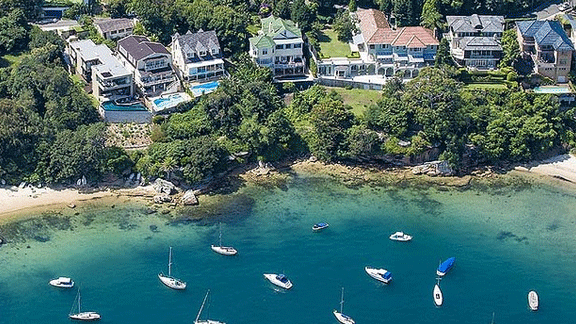A class-divided nation

Despite almost 25 years of uninterrupted economic growth, inequality in Australia is rising, a new report has found.
Inequality in Australia: a nation divided, published by the Australian Council of Social Services, outlines the Australian chapter of what has become a global story of disparity.
“Over the 25 years to 2010, real wages increased by 50 percent on average, but by 14 percent for those in the bottom 10 percent, compared with 72 percent for those in the top 10 percent”, the report says.
Most of the wage growth among the lowest income earners, the report finds, has been a consequence of more people finding work or moving from part time to full time. By contrast, those on high incomes have received wage rises and bonuses.
“Over the last 20 years”, the report says, “the share of income going to those at the top has risen, while the share flowing to those in the middle and at the bottom has declined … Average weekly disposable household income for the bottom 10 percent was in 2012 $496 while for the top 10 percent it was $4,189”.
Wealth
Income inequality has contributed to growing wealth inequality. “The average wealth of a person in the top 20 percent increased by 28 percent over the past 8 years, while for the bottom 20 percent it increased by only 3 percent”, ACOSS estimates.
The top fifth of households now hold 61 percent of all wealth, while the combined wealth held by the bottom 40 percent is just 5 percent.
Yet these statistics tell only part of the story. The majority of the wealth of the top end of town is held in shares, investment properties and superannuation. For the bottom 20 percent, most of the wealth is “made up of low value assets like vehicles and home contents”.
“The rate of rising inequality in Australia has been faster than many other comparable countries”, the report says.
Liberal MP Steve Ciobo, commenting about the report on the ABC’s Q&A program, said: “I think we have a classic example of statistics … and lies, lies and statistics as they say”. He went on to say, “Look, what I am saying is that I think that it focuses on particular things”.
Facts
Facts are stubborn things. The particular findings of ACOSS were confirmed earlier in June by Bankwest Curtin Economics Centre research.
Beyond our means? Household savings and debt in Australia estimated that the richest households have 200 times more savings than the poorest. And the latter’s savings are declining. The richest 7.6 percent now have more savings than the all the other households combined, said the report.
The growing wealth divide has been aided and abetted by government after government. As ACOSS notes, “[A] series of tax changes over the 2000s, particularly tax cuts … have largely benefited people on higher income”.
The Liberals and the bosses want to continue to increase the wage and wealth divide. Attacks on penalty rates and rising unemployment will only further deepen the divide.